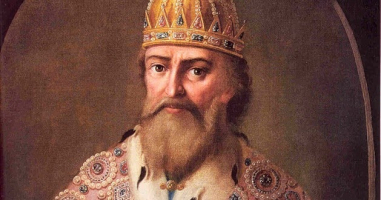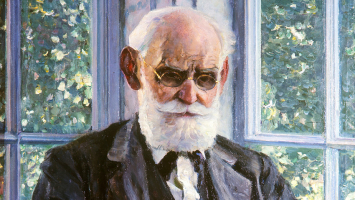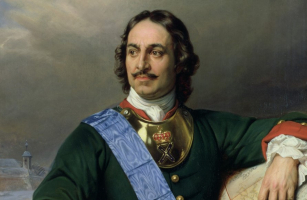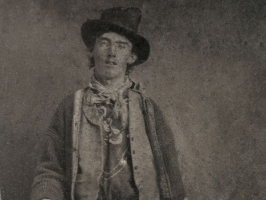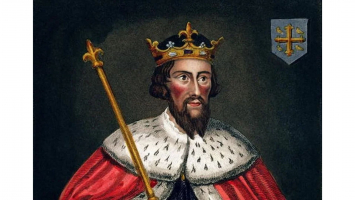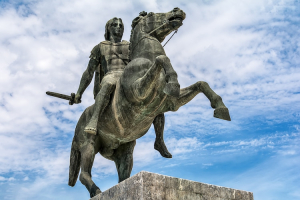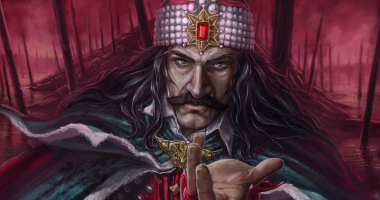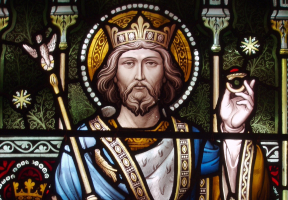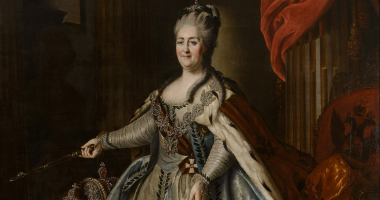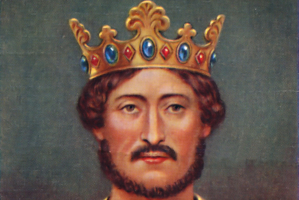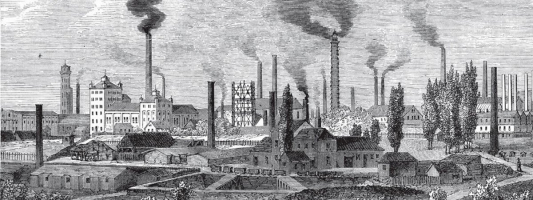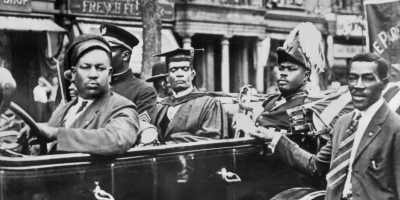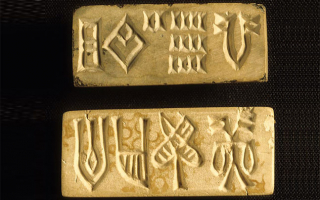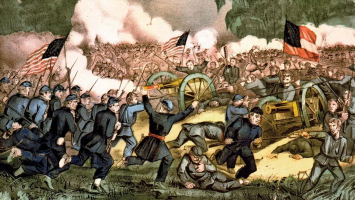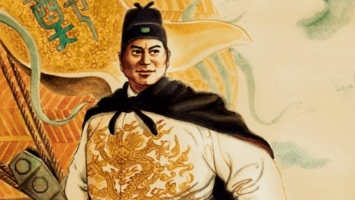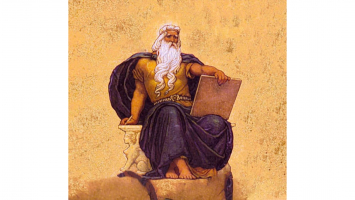Top 10 Interesting Facts about Ivan the Terrible
Ivan IV Vasilyevich (25 August 1530 - 28 March 1584), also known as Ivan the Terrible in English, was the Grand Prince of Moscow from 1533 to 1547 and the ... read more...first Tsar of Russia from 1547 to 1584. Ivan was the son of the Rurikid ruler of the Grand Duchy of Moscow, Vasili III. Here are the 10 interesting facts about Ivan the Terrible you should know.
-
It is a fact that he had a miserable childhood. Ivan was Vasili III's first son by his second wife, Elena Glinskaya. Vasili's mother was a Byzantine Palaiologos family member and a Greek princess. Elena's mother was a Serbian princess, and the Glinski line claimed genealogy from both Orthodox Hungarian aristocrats and the Mongol king Mamai (1335-1380). Born on August 25, he was given the name Ivan in commemoration of St. John the Baptist and the Beheading Day on August 29.
Ivan's father died when he was three years old from infection and inflammation on his leg that progressed to blood poisoning. Except for the young Ivan, the younger brothers of Vasily were the closest challengers to the throne. Only two of Ivan III's six sons remained: Prince Andrey Staritsky and Prince Dmitrovsky Yuri. At his father's suggestion, Ivan was named Grand Prince of Moscow. His mother, Elena Glinskaya, served as a regent at first, but she died in 1538 when Ivan was just eight years old, and many believe she was poisoned. The regency was thereafter rotated between numerous rival boyar families fighting for dominance.
According to his own letters, Ivan and his younger brother Yuri frequently felt ignored and angered by the powerful boyars of the Shuisky and Belsky families. Ivan remembered in a letter to Prince Kurbski, "My brother Iurii, of blessed memory, and me they brought up like vagrants and children of the poorest. What have I suffered for want of garments and food! "
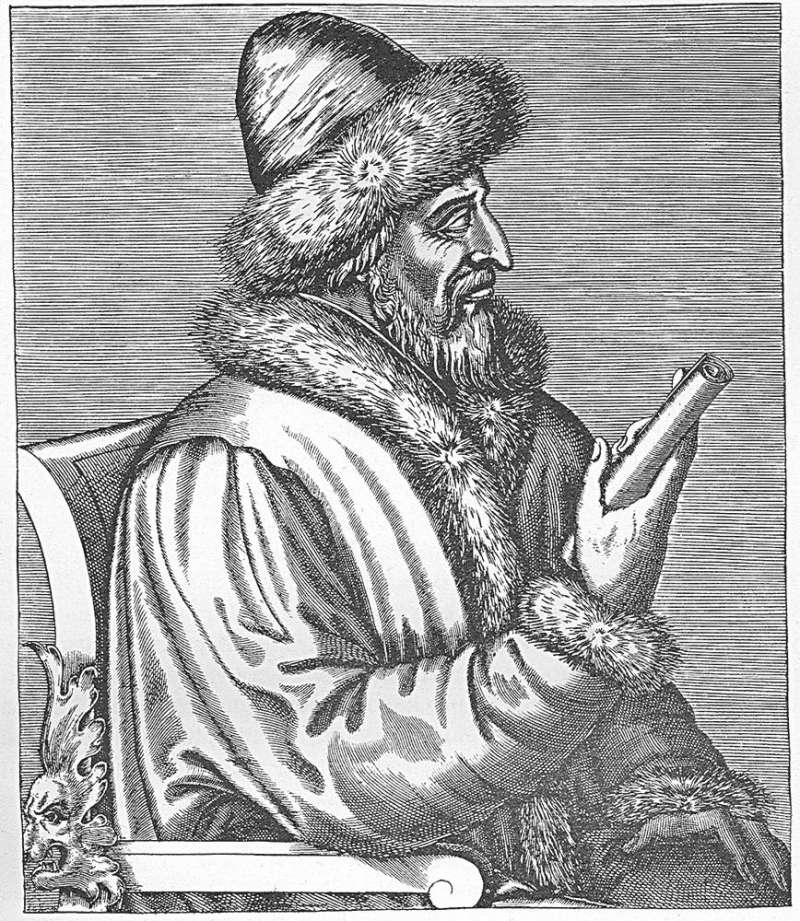
Vasili III -Photo: en.wikipedia.org 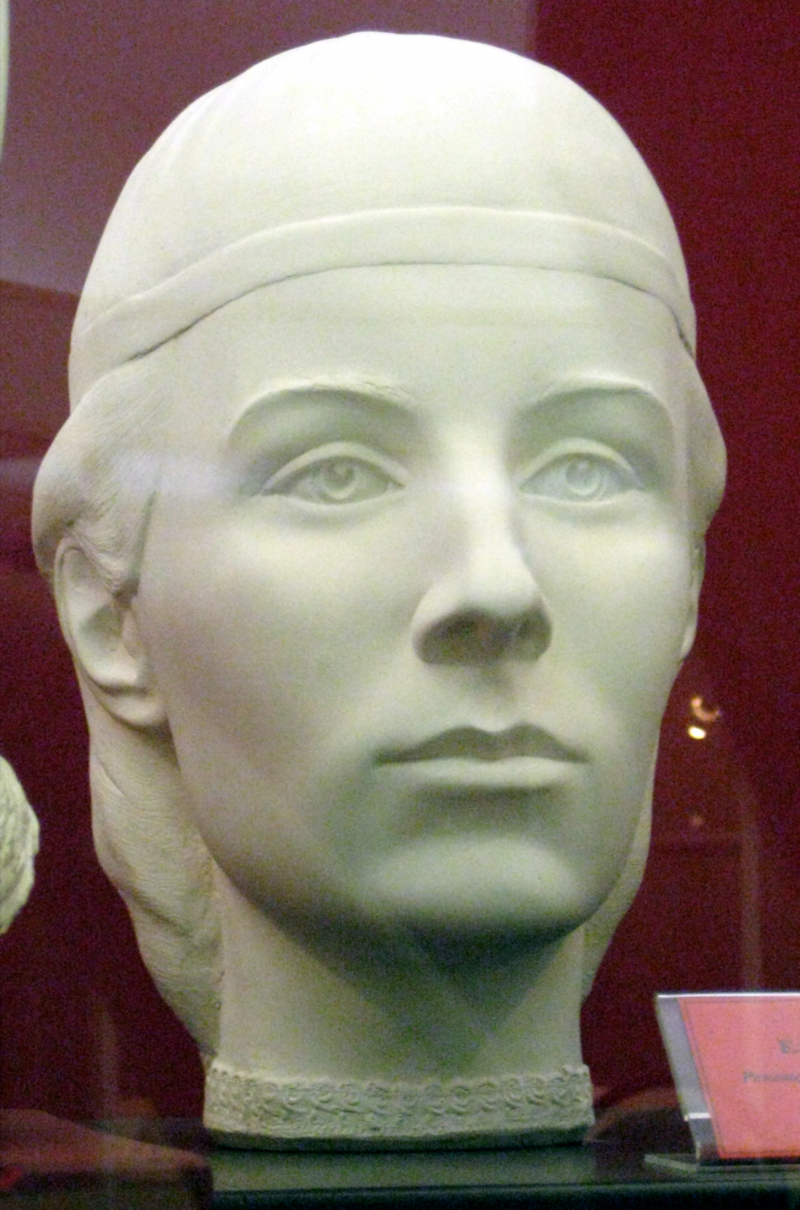
Elena Glinskaya -Photo: en.wikipedia.org -
On January 16, 1547, at the age of 16, Ivan was crowned at the Moscow Kremlin's Cathedral of the Dormition. The Metropolitan bestowed royal dignity on Ivan, including the Cross of the Life-Giving Tree, barmas, and the Monomakh cap; Ivan Vasilievich was anointed with myrrh, and the tsar was blessed. He was the first person to be crowned "Tsar of All Russias", partly in imitation of his grandfather, Ivan III the Great, who held the title of Grand Prince of All Rus. Until then, Muscovy's rulers had been crowned as Grand Princes, but in his correspondence, Ivan III the Great referred to himself as "tsar." Ivan married his first bride, Anastasia Romanovna, a Romanov family member who became the first Russian tsaritsa, two weeks after his coronation.
By becoming tsar, Ivan sent a message to the world and to Russia that he was now the country's sole ruler, and his will was not to be questioned. The new title represented the assumption of powers comparable to and analogous to those possessed by the previous Byzantine Emperor and the Tatar Khan, both described as Tsar in Russian sources. The political result was that Ivan's status was elevated. The new title not only safeguarded the throne but also provided Ivan with a new level of authority that was inextricably linked to religion. As church writings described Old Testament rulers as 'Tsars,' and Christ as the Heavenly Tsar, he was now a divine leader sent to carry out God's purpose.
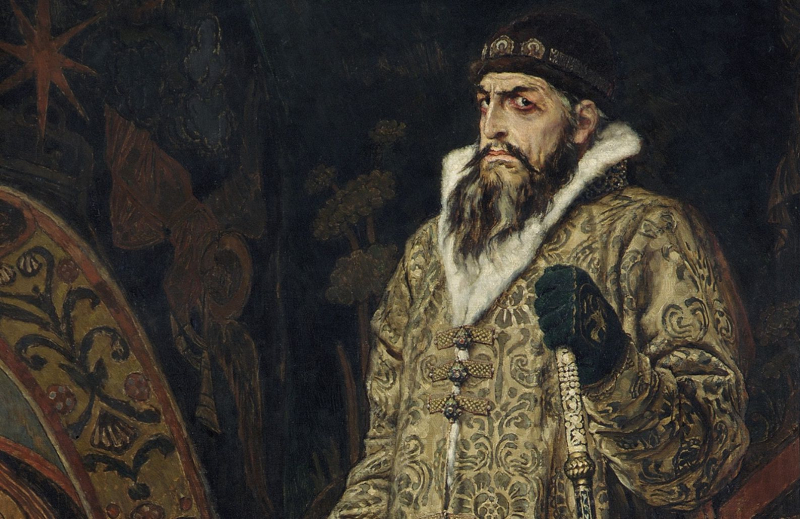
Photo: thoughtco.com 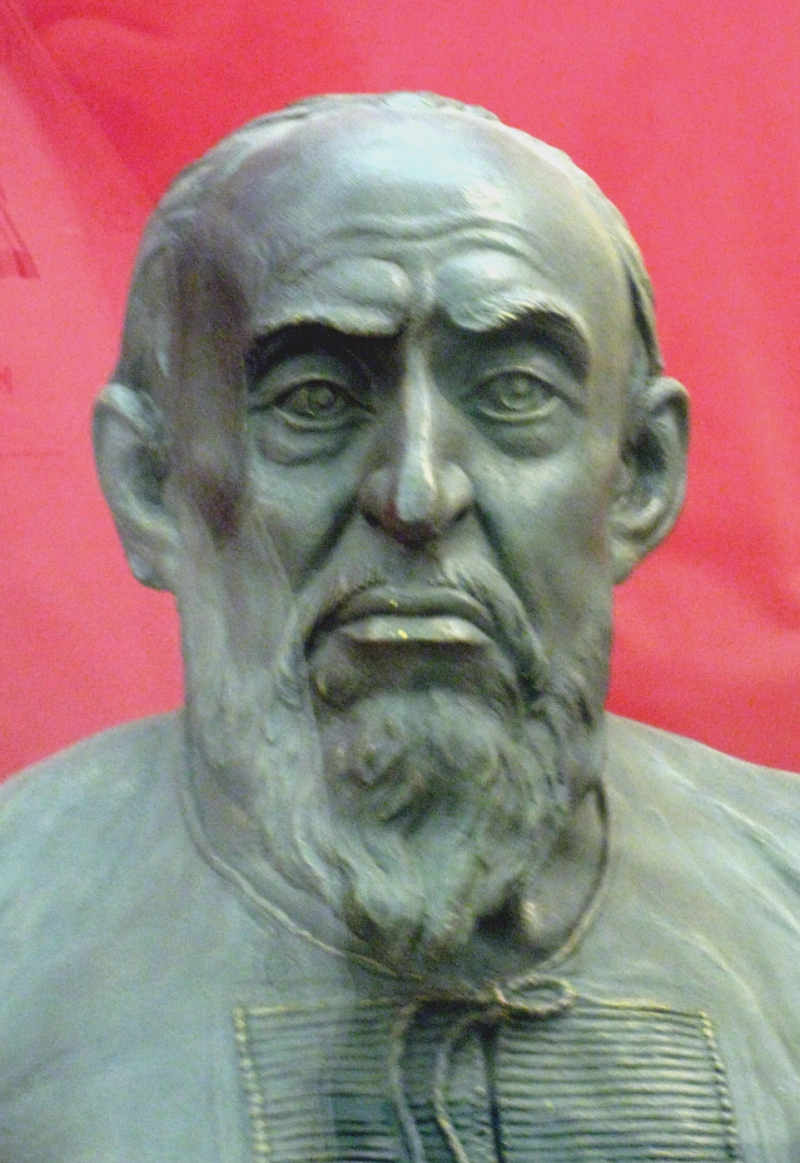
Photo: en.wikipedia.org -
One of the interesting facts about Ivan the Terrible is that he won a great victory over Kazan. The Kazan Khanate's forces periodically raided northern Russia when Ivan was a child. In the 1530s, the Crimean Khan formed an offensive alliance with his relative, Safa Giray of Kazan. In December 1540, when Safa Giray invaded Muscovy, the Russians deployed Qasim Tatars to keep him at bay. Safa Giray was forced to retreat to his own frontiers as his progress was halted in Murom.
The setbacks weakened Safa Giray's position in Kazan. A pro-Russian faction led by Shahgali amassed enough popular support to mount three coup attempts against the Kazan monarchy. Ivan led an excursion to the Volga River in 1545 to show his support for the pro-Russians.
Ivan led a large Russian army towards Kazan on June 16, 1552. On August 30, the last siege of the Tatar capital began. The Russians utilized battering rams, a siege tower, undermining, and 150 cannons under the command of Prince Alexander Gorbaty-Shuisky. The Russians also had the benefit of highly skilled military engineers. The city's water supply had been cut off, and the fortifications had been breached. Kazan fell on October 2, its defenses were destroyed, and much of the population was murdered. A large number of Russian prisoners and slaves were freed. Ivan commemorated his victory over Kazan by erecting several buildings with oriental elements, the most renowned of which is Saint Basil's Cathedral in Moscow's Red Square. The Moscow government's attempts to secure a footing on the Middle Volga kept prompting local uprisings, which were only narrowly crushed. The First Cheremis War ended in 1557, and the Bashkirs acknowledged Ivan's authority.
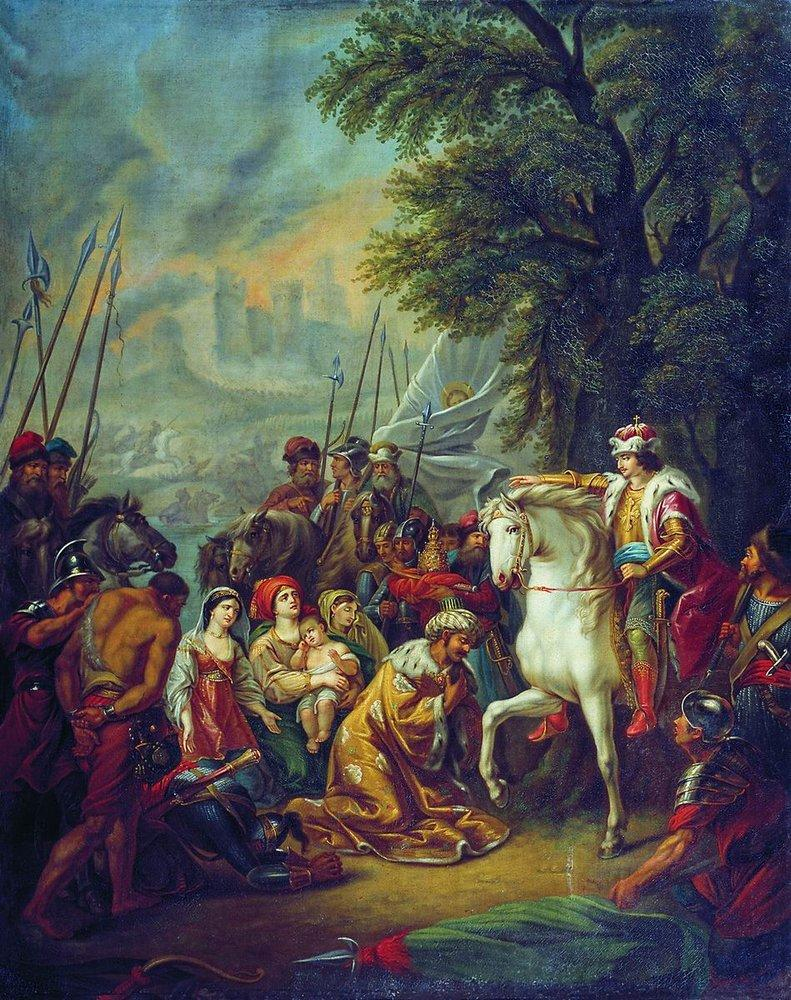
Photo: commons.wikimedia.org 
Photo: historycollection.com -
Another interesting fact about Ivan the Terrible is that he established Russia's first secret police force. Ivan hired a personal guard known as the Oprichniki. It was originally numbered 1000. Malyuta Skuratov was in charge of the oprichniki. Heinrich von Staden, a German adventurer, was one well-known oprichnik. Under the oprichnina, the oprichniki had social and economic advantages. They owed their allegiance and position to Ivan, not to their ancestors or local ties.
The initial wave of persecutions predominantly targeted Russia's princely clans, particularly the powerful Suzdal families. Ivan murdered, exiled, or tonsured prominent members of the boyar clans on spurious charges of conspiracy. Among those killed were Metropolitan Philip and famed warlord Alexander Gorbaty-Shuisky. Ivan extended the oprichnina to eight key regions in 1566. Ivan extended the oprichnina to eight key regions in 1566. Only 570 of the 12,000 nobility became oprichniki, while the remainder were banished.
The oprichniki were given huge estates under the new political structure, but unlike previous landlords, they could not be held accountable for their acts. The men grabbed almost all the peasants' owned, forcing them to pay in one year what they used to pay in ten. That level of tyranny resulted in an increase in the number of peasants fleeing, lowering overall production. Grain prices jumped tenfold.
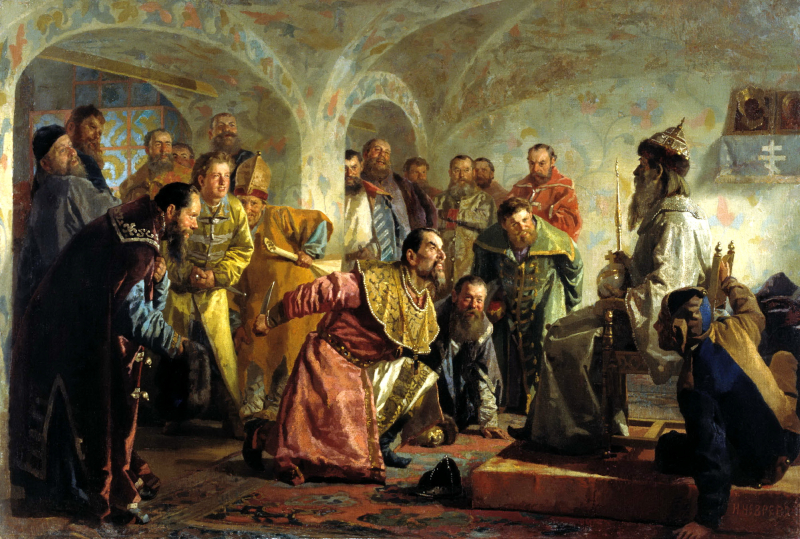
Photo: en.wikipedia.org 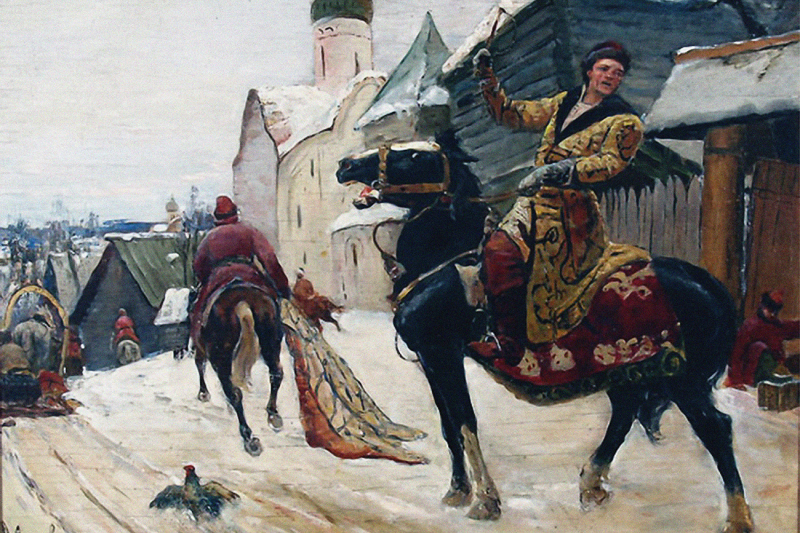
Photo: rbth.com -
Ivan was a devout Christian Orthodox believer, yet in his own special manner. He placed the most emphasis on defending the ruler's divine right to unlimited authority under God. Some researchers attribute Ivan the Terrible's sadistic and brutal actions to 16th-century religious beliefs, such as drowning and burning people alive or torturing captives with boiling or freezing water, which corresponded to the torments of hell. That accorded with Ivan's vision of himself as God's envoy on Earth, with a sacred right and duty to punish. He could also have been influenced by Archangel Michael's model of divine chastisement.
Despite the Church's absolute prohibition on even the fourth marriage, Ivan had seven wives, and he was negotiating to marry Mary Hastings, a distant relative of Queen Elizabeth of England, even while his seventh wife was still alive. Of course, the Church forbade polygamy, but Ivan intended to put his wife away. Ivan boldly intervened in church affairs, deposing the second-oldest hierarch, Novgorod Archbishop Pimen, and ordering his execution and charging him with treason. During the Novgorod Massacre, many monks were tortured to death.
Because he feared the anger of the Ottoman sultan, Ivan was fairly tolerant of Islam, which was widespread in the seized Tatar khanates' domains. His anti-Semitism, however, was so strong that no pragmatic reasons could stop him. For example, following the seizure of Polotsk, all unconverted Jews were drowned, notwithstanding their economic importance to the city.
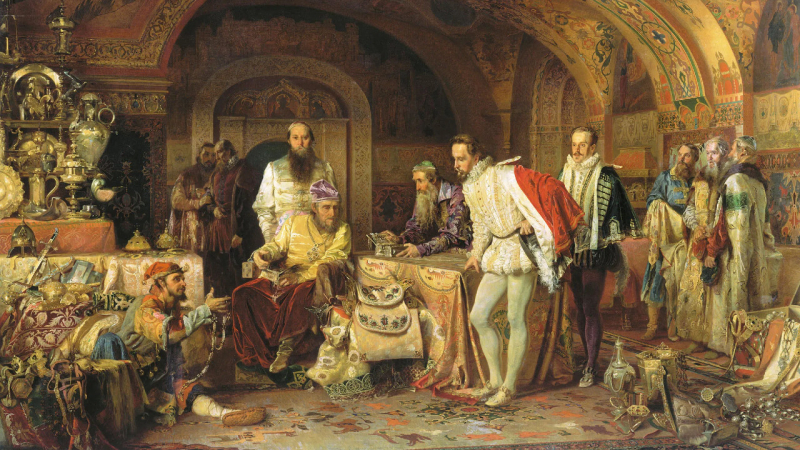
Photo: artguide.com 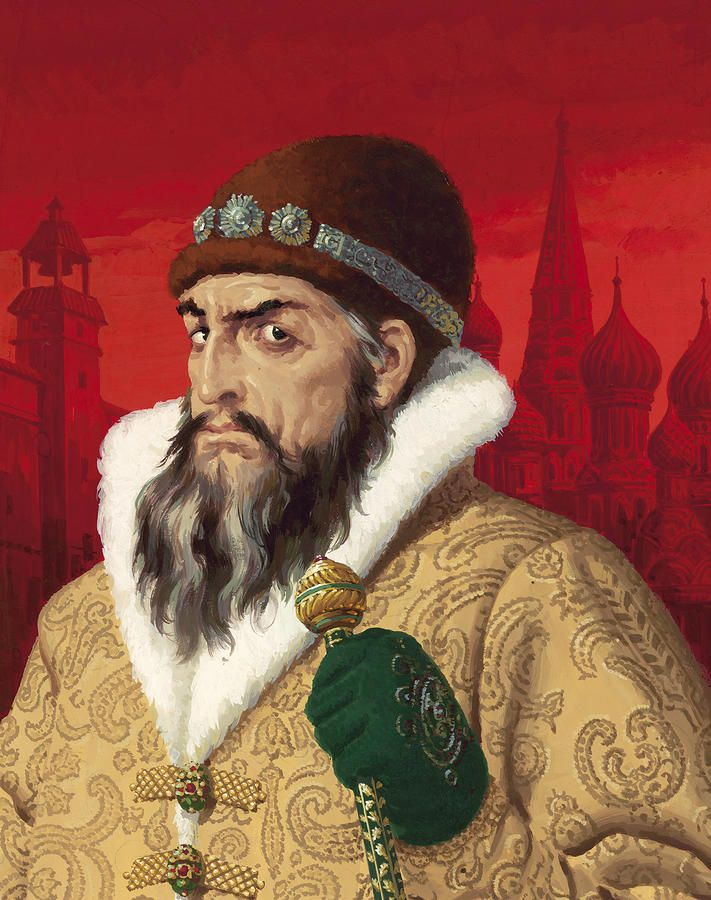
Photo: pinterest.com -
One of the interesting facts about Ivan the Terrible is that he detested Russia's boyars. Despite the devastation caused by the Great Fire of 1547, Ivan's reign began with peaceful reforms and modernization. Ivan revised the law code, establishing the Sudebnik of 1550, establishing a standing army (the streltsy), establishing the Zemsky Sobor (the first Russian parliament of feudal estates) and the council of the nobles (known as the Chosen Council), and confirming the Church's position with the Council of the Hundred Chapters (Stoglavy Synod), which unified the rituals and ecclesiastical regulations He established local self-government in rural areas dominated by the state peasantry, mostly in northeastern Russia.
Ivan endured a near-fatal sickness in 1553 and was assumed to be unable to recover. Ivan had ordered the boyars to take an oath of fealty to his eldest son, who was a newborn at the time, while on his believed deathbed. Many boyars declined because they believed the tsar's health was too bad for him to live. That infuriated Ivan and increased his mistrust of the boyars. Assassinations and terrible retaliation followed, including those of Metropolitan Philip and Prince Alexander Gorbatyi-Shuisky. Saint Philip II of Moscow was a Russian Orthodox monk who rose to the position of Metropolitan of Moscow during Ivan the Terrible's reign. He was one of just a few Metropolitans who openly defied imperial authority, and it is largely assumed that the Tsar had him executed for it. In the Eastern Orthodox Church, he is regarded as a saint and martyr. Prince Alexander Borisovich Gorbatyi-Shuisky was undoubtedly Ivan the Terrible's most celebrated and popular general. Gorbatov, in Nizhny Novgorod Oblast, bears his name. He was the last scion of the powerful Shuisky family's junior branch. His father was one of Vasily III's most effective generals, but Alexander quickly surpassed him. In 1544, he was made a boyar, and in 1547, he led the Russian army against the Khanate of Kazan.
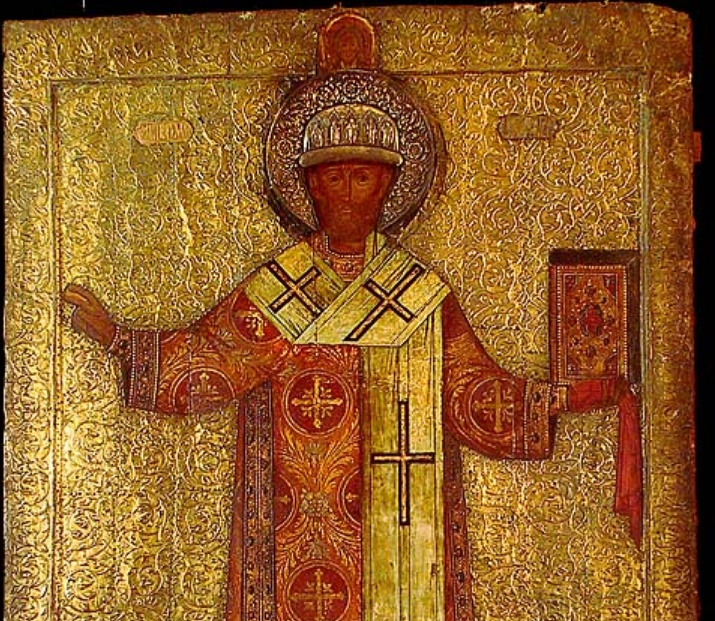
Saint Philip II of Moscow -Photo: en.wikipedia.org 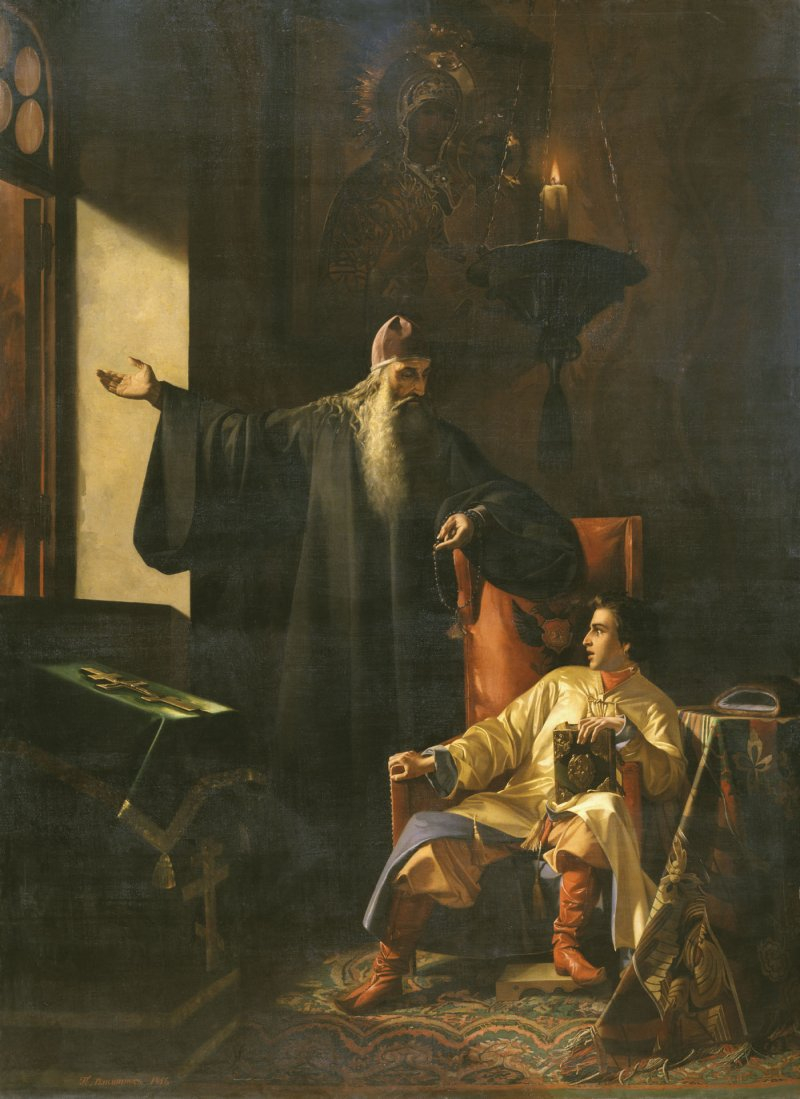
The Great Fire of 1547 -Photo: russianlife.com -
It is said that Ivan the Terrible killed his own son. Tsarevich Ivan's death was disastrous for Russia because it left no viable heir to the throne. After the Tsar died in 1584, his unprepared son Feodor I took his place, with Boris Godunov acting as de facto ruler. Following Feodor's death, Russia entered the Time of Troubles, a period of political turmoil, starvation, and conflict. The circumstances surrounding Tsarevich's death are obscure and contentious. The Tsarevich died in 1581 in the Alexandrov Kremlin, Tsar Ivan the Terrible's palace from 1564 to 1581, the center of his oprichnina, and the de facto capital of Russia.
Ivan the Terrible said in a letter to Nikita Zakharin and Andrey Shchelkalov in 1581, that he could not go to Moscow because of his son's illness, without naming the disease. Several contemporary Russian chronicles mention Tsarevich's death, but no specifics are given. The death occurred at midnight, according to the Piskarevsk Chronicle. None of these accounts suggest that Ivan Ivanovich's death was violent. Other versions present a more comprehensive account of Tsarevich's death, claiming that his father mortally injured him during an argument.
Ivan the Terrible and His Son Ivan on November 16, 1581, is a picture created between 1883 and 1885 by Russian realist artist Ilya Repin. It shows the bereaved Tsar of Russia, Ivan the Terrible, clutching his dying son, Tsarevich Ivan Ivanovich, immediately after the elder Ivan delivered a deadly blow to his son's head in a fit of rage. The artwork depicts the elder Ivan's grief and remorse and the gentleness of the dying Tsarevich weeping for his father.
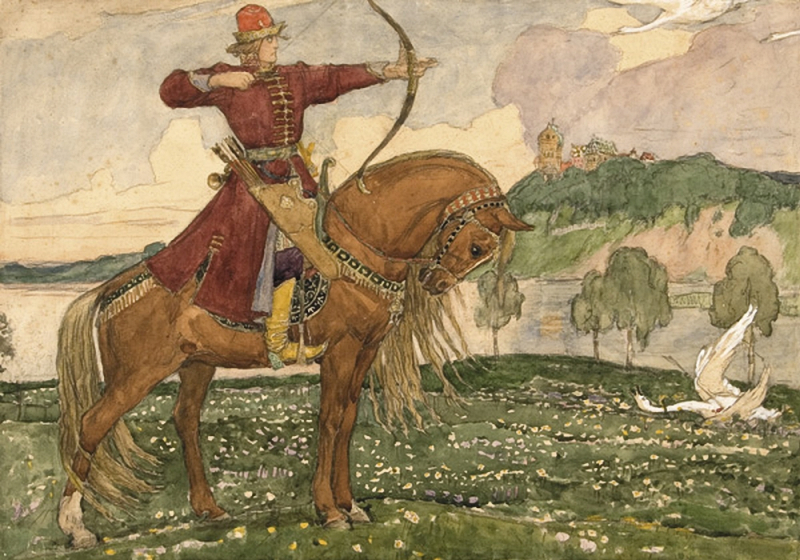
Tsarevich Ivan -Photo: wikidata.org 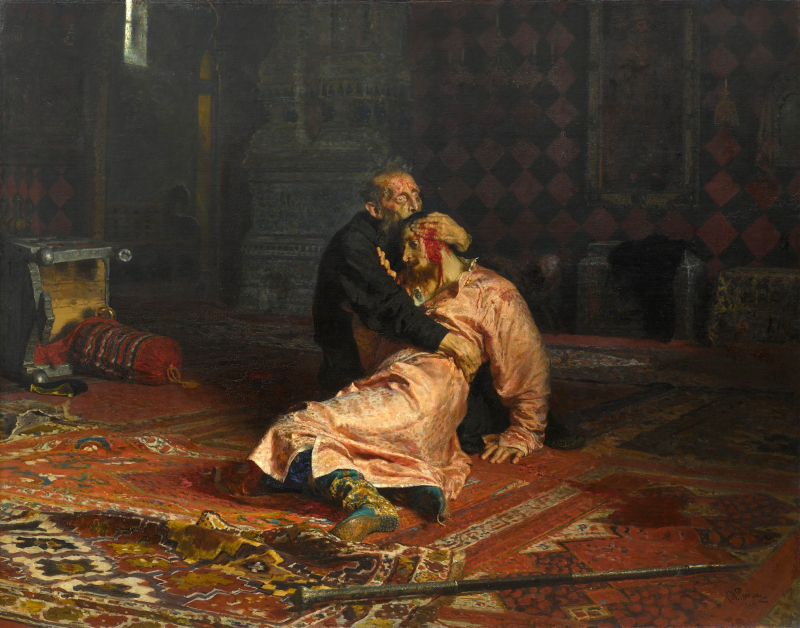
Ivan the Terrible and His Son Ivan on 16 November 1581 -Photo: en.wikipedia.org -
One of the interesting facts about Ivan the Terrible is that he built Russia's first publishing house. The Moscow Print Yard (Russian:Мoсковский Печатный двор) was Russia's first publishing house. It was founded in Kitai-gorod in 1553 at the request of Ivan the Terrible. The ancient Print Yard headquarters currently houses the Russian State University for the Humanities.
Heinrich von Staden initially described the Moscow Print Yard in his book Aufzeichnungen über den Moskauer Staat. It is believed to have released Lenten Triodion, Triodion in Pictures, Gospel, Psalter, and more unpublished volumes (hence, another bookish name of the Print Yard - Anonymous Printing House). Ivan Fyodorov and Pyotr Timofeyev (Mstislavets) published the first dated book, Apostle (Апостол), on March 1, 1564, at the Moscow Print Yard. The printing house first published Chasovnik (Часовник, or Book of Hours) in 1565, followed by Psalter (1568).
The new technology sparked dissatisfaction among traditional scribes, resulting in an arson attack on the Print Yard. Ivan Fedorov and Pyotr Mstislavets, the first Russian printers, were compelled to evacuate Moscow to the Grand Duchy of Lithuania. Nonetheless, book printing restarted in 1568, with Andronik Timofeevich Nevezha and his son Ivan now in charge of the Print Yard. hours) and then Psalter (1568).
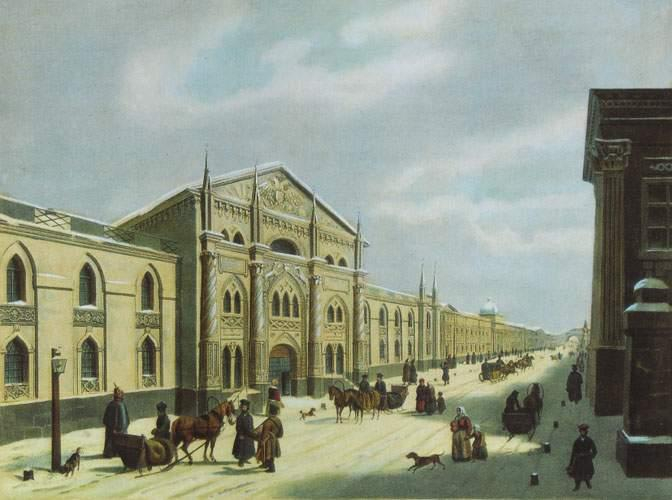
The Moscow Print Yard -Photo:en.wikipedia.org 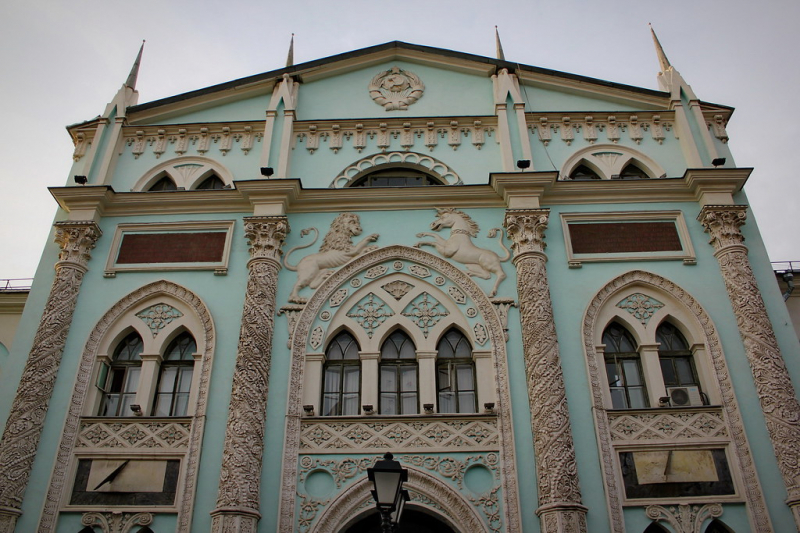
The Moscow Print Yard -Photo: flickr.com -
Ivan the Terrible had at least six (perhaps eight) wives, however, the Church officially recognized four of them. Three of them were said to have been poisoned by his rivals or competing for aristocratic families who wanted to promote their daughters to be his wives.
Confirmed marriages are with Anastasia Romanovna (in 1547-1560, death); Tsarevna Anna Ivanovna (10 August 1548 - 20 July 1550); Tsarevna Maria Ivanovna (17 March 1551 - young); Tsarevich Dmitri Ivanovich (October 1552 - 26 June 1553); Tsarevich Ivan Ivanovich (28 March 1554 - 19 November 1581); Tsarevna Eudoxia Ivanovna (26 February 1556 - June 1558); Tsar Feodor I of Russia (31 May 1557 - 6 January 1598); Maria Temryukovna (in 1561 - 1569, death); Tsarevich Vasili Ivanovich (21 March 1563 - 3 May 1563); Marfa Sobakina (28 October - 13 November 1571, death); Anna Koltovskaya (in 1572, sent to the monastery); Anna Vasilchikova (in 1575/76, sent to the monastery) and Maria Nagaya (from 1580). Unconfirmed marriages are with Vasilisa Melentyeva (?-1579) and Maria Dolgorukaya (1580).
Ivan the Terrible's reputed sixth wife was Vasilisa Melentyeva. The marriage (not sanctioned by the Church) may have taken place in 1575, or she was only a concubine. Scholars now regard her as a 19th-century forgery. According to folklore, prior to her marriage to Ivan, Vasilisa was the widow of a dyak, Melentiy Ivanov, who served in the Livonian War. Though the Tsar thought her attractive and sweet-natured, he discovered her having an affair with a prince named Devletev a few months after their marriage. Ivan ordered Vasilisa to see her lover be impaled and sentenced her to life in a cloister as punishment. Only Maria Dolgorukaya (also considered a 19th-century hoax) and Vasilisa Melentyeva have graves or are mentioned in official court documents of Ivan the Terrible's eight wives.
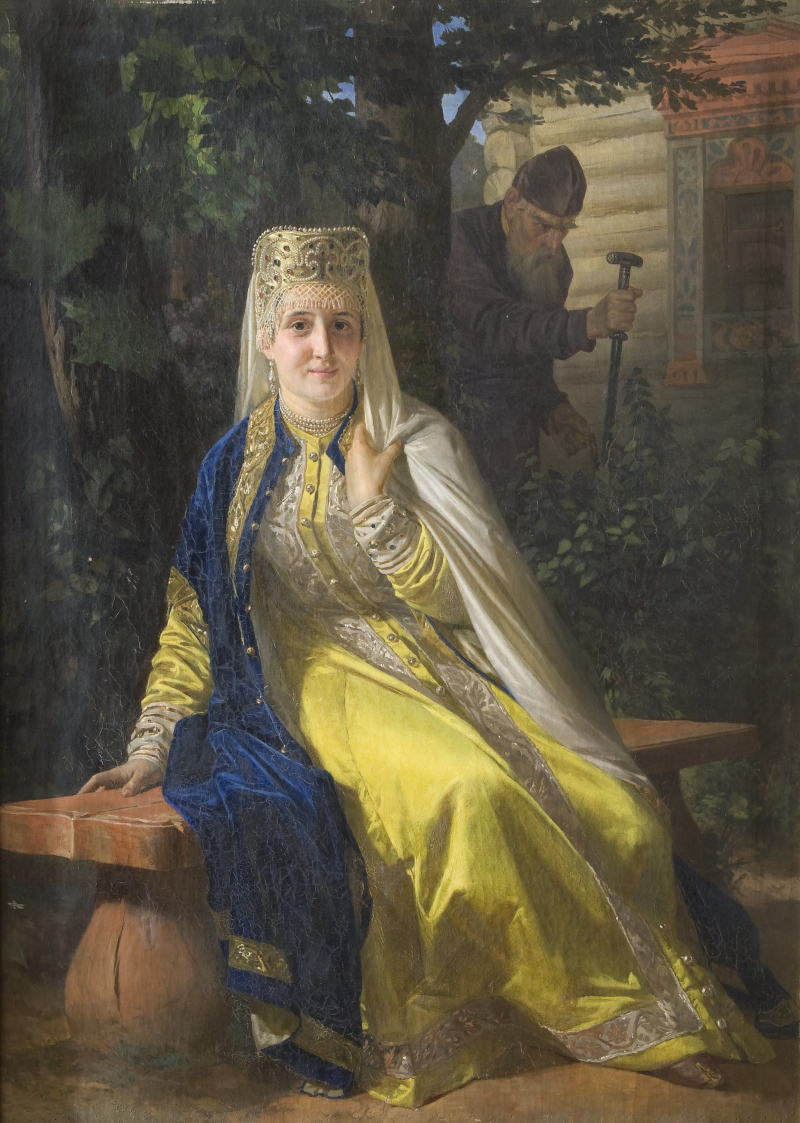
Vasilisa Melentyeva -Photo: en.wikipedia.org 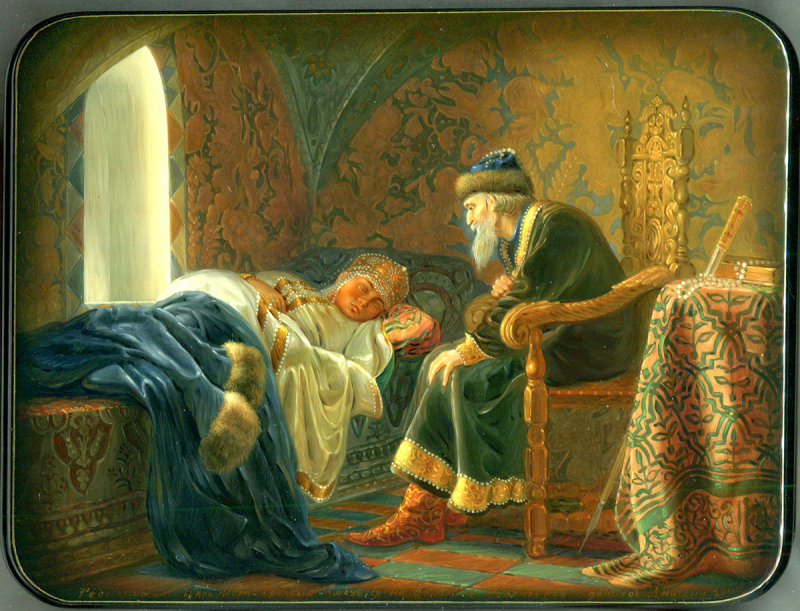
Ivan the Terrible Looking with Admiration at sleeping Vasilisa Melentyeva -Photo: palekh.su -
To celebrate the conquest of Kazan, Ivan had St. Basil's Cathedral built in Moscow. The Cathedral of Vasily the Blessed, often known as Saint Basil's Cathedral, is an Orthodox church in Moscow's Red Square and one of Russia's most popular cultural landmarks. The Cathedral of the Intercession of the Most Holy Theotokos on the Moat, now a museum, is formally known as Pokrovsky Cathedral. Saint Basil's Cathedral was built under Ivan the Terrible's orders between 1555 and 1561 to commemorate the conquering of Kazan and Astrakhan. Until the erection of the Ivan the Great Bell Tower in 1600, it was the tallest building in the city.
The original Trinity Church, subsequently Trinity Cathedral, had eight chapels organized around a ninth, central chapel dedicated to the Intercession; a tenth chapel was built in 1588 over the burial of the venerated local saint Vasily (Basil). In the 16th and 17th centuries, the church was regarded as the earthly image of the Heavenly City (as were all churches in Byzantine Christianity) and functioned as an allegory of the Jerusalem Temple in the annual Palm Sunday parade attended by the Patriarch of Moscow and the Tsar.
There is a legend that he was so taken with the edifice that he blinded the architect, Postnik Yakovlev so that he could never design anything as beautiful again. Postnik Yakovlev, on the other hand, went on to build several churches for Ivan and the Kazan Kremlin walls in the early 1560s, as well as the chapel over St. Basil's grave, which was built to St. Basil's Cathedral in 1588, several years after Ivan's death. Although that name has been connected with more than one architect, it is thought that the principal architect is the same individual.
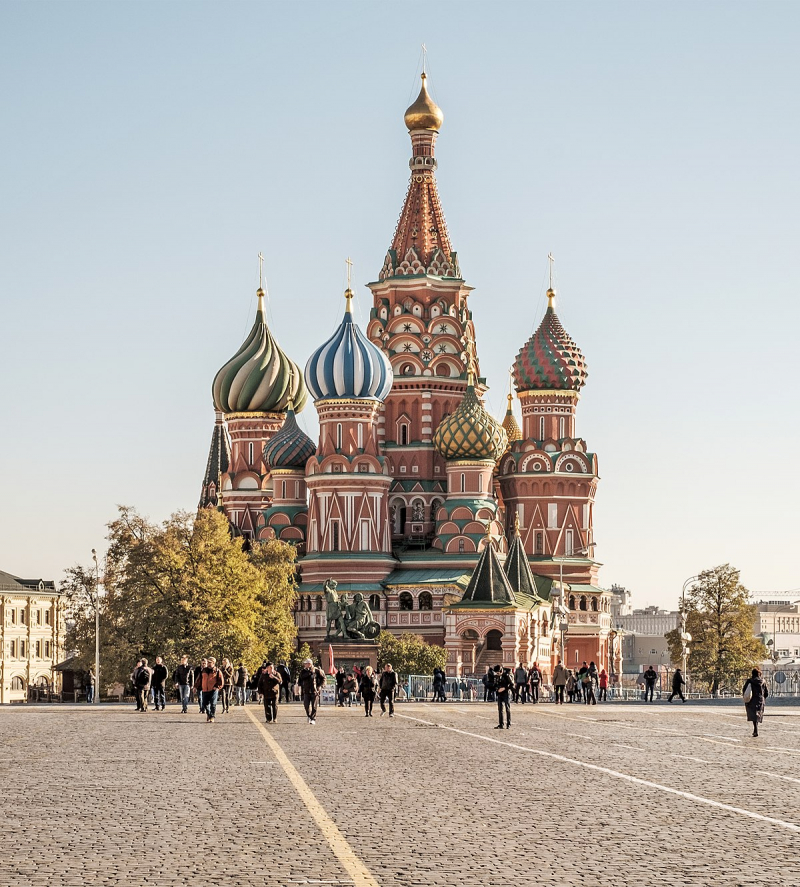
Saint Basil's Cathedral -Photo: en.wikipedia.org 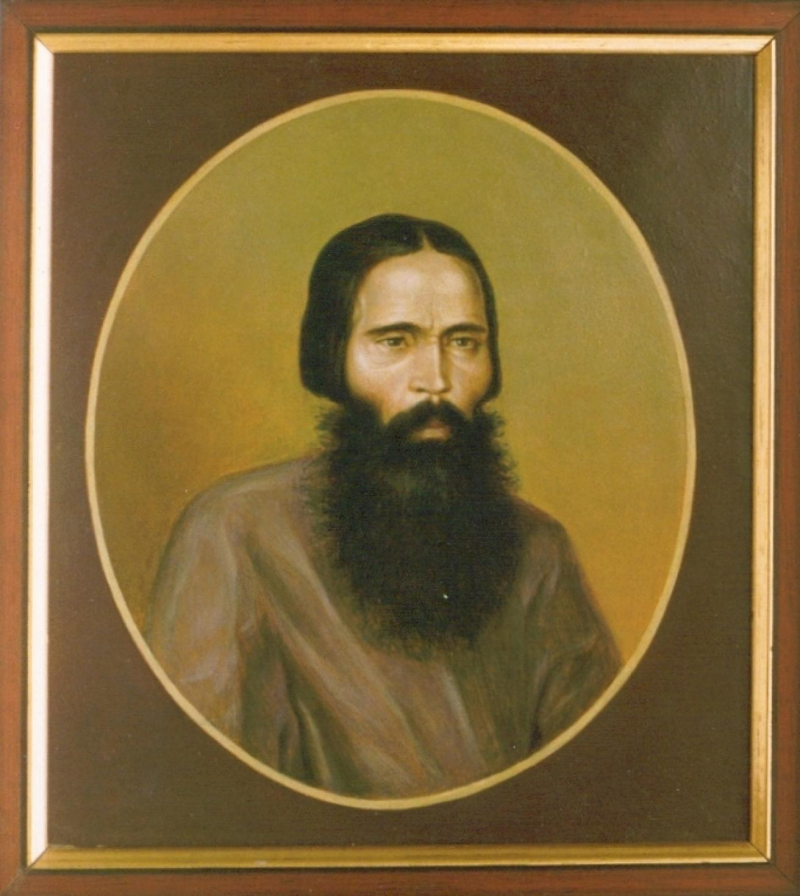
Postnik Yakovlev -Photo: architectuul.com












